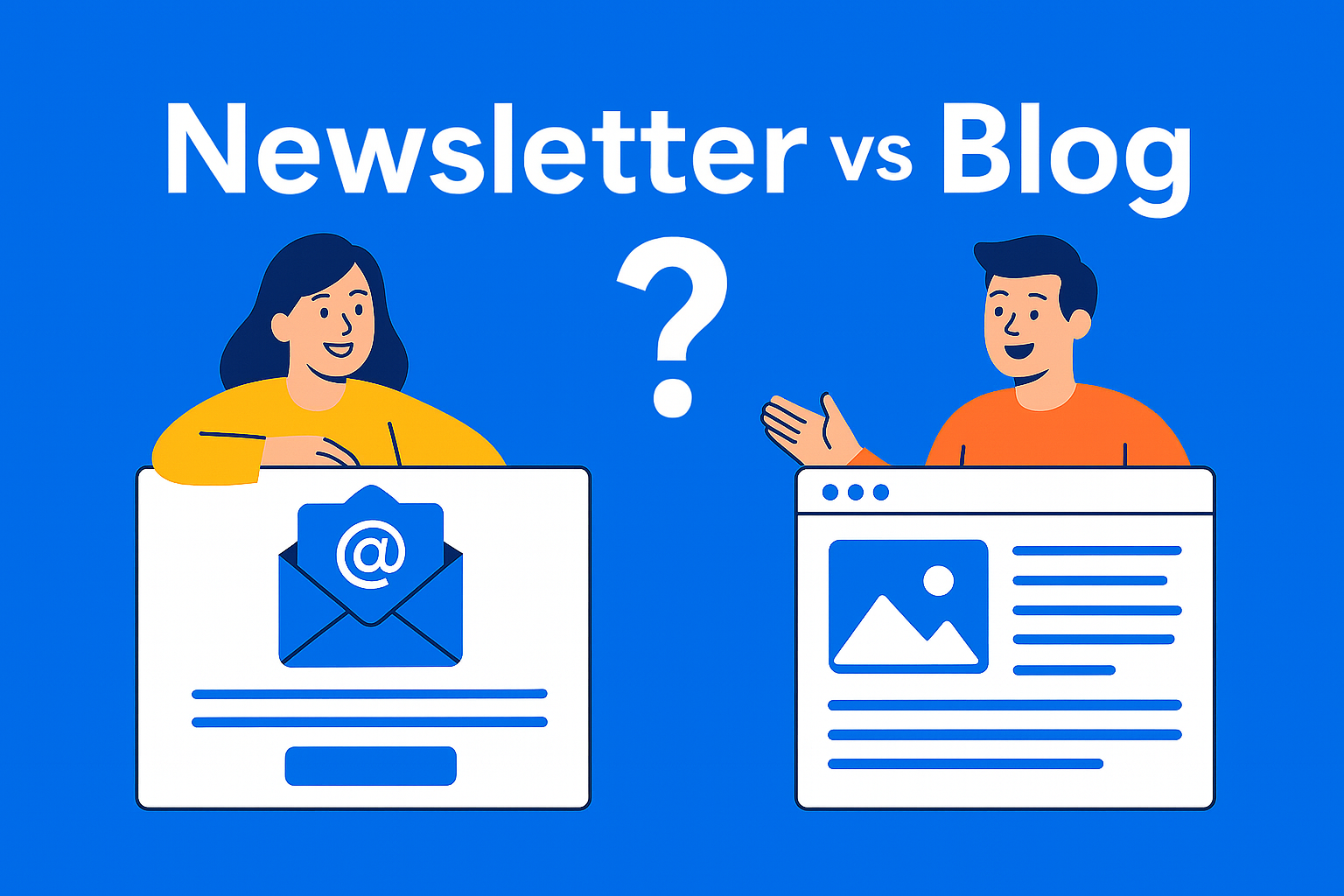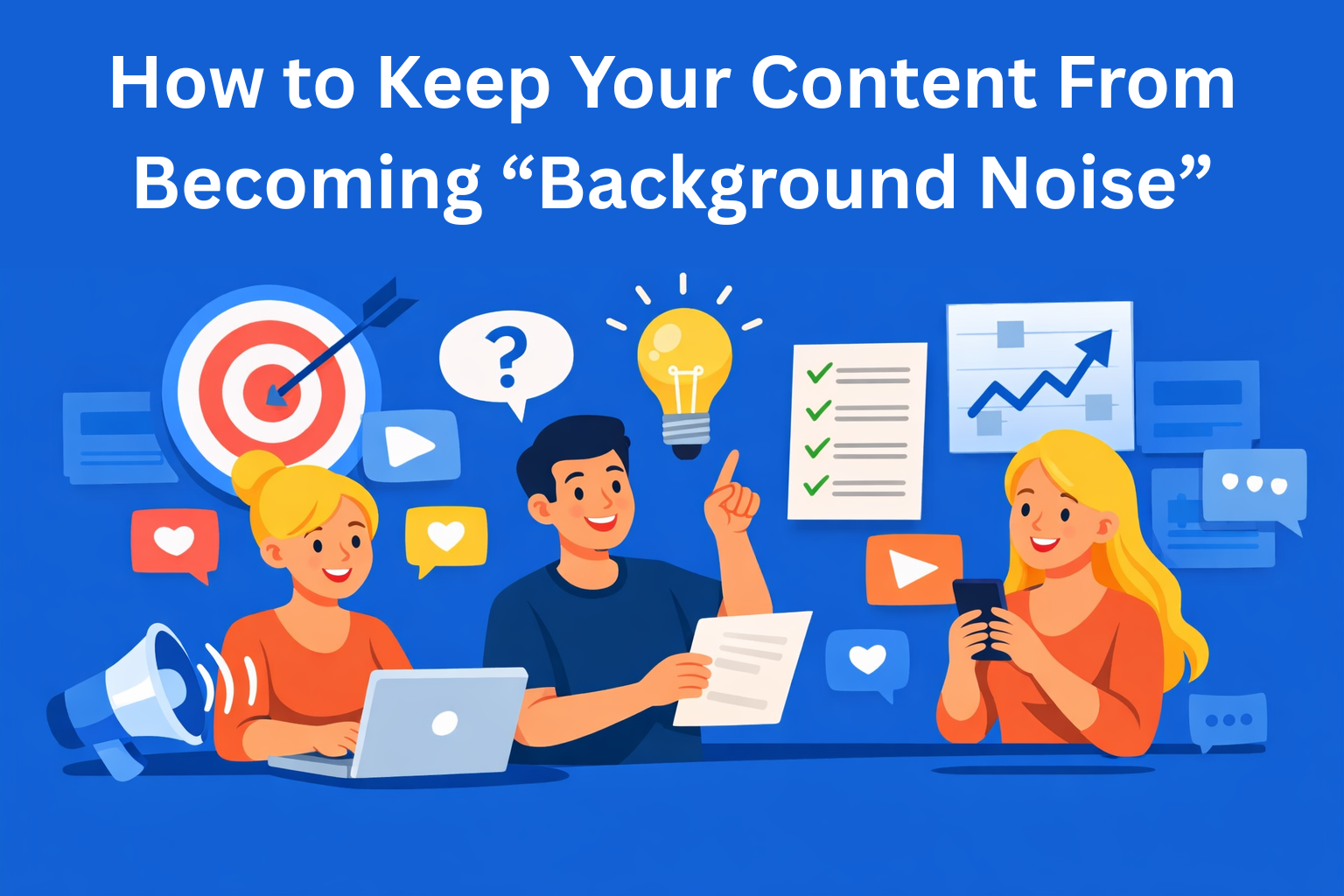Newsletter vs Blog: Which One Builds More Trust?
Newsletters or blogs - which one builds more trust? Learn the pros and cons of each and why the most effective strategy combines both to strengthen your brand and connect with your audience.

Trust is the new currency in the digital world. People don’t just buy products - they buy confidence that you’re there for them, that you understand their needs, and that you’re a reliable source of information. But here’s the big question: which builds more trust - newsletters or blogs?
Both channels have their strengths, but understanding how they work and when to use them can make or break your strategy.
What is a Newsletter and Why Does It Matter?
A newsletter is like a personal message to your reader - landing straight in their inbox without the noise of social media. Personalization is its biggest advantage. People love feeling special, and when they subscribe to your newsletter, they’re giving you something valuable - their email.
Pros of Newsletters:
- Direct communication - no algorithms, no distractions
- You can share exclusive offers and content
- Easy to track engagement and results
Cons:
- You need a quality mailing list
- Risk of ending up in the spam folder
If you want your newsletters to look polished and consistent, custom templates can help. For example, with tools like EasyContent, you can create your own Newsletter template and keep a professional look every time without wasting hours on formatting.
What is a Blog and How Does It Build Trust?
A blog is like a public space where you share knowledge. It’s available to everyone, anytime, anywhere. People visit blogs when they need helpful answers or want to learn something new. A blog also shows your expertise, giving readers a reason to trust you.
Pros of Blogs:
- SEO boost - brings organic traffic over time
- Builds authority and reputation
- Content has a long lifespan
Cons:
- Requires consistency
- ROI takes longer compared to newsletters
Blogs build trust through transparency. When you openly share knowledge, people see you as an expert, which is a big advantage. And when your blog has a clear structure, it’s even easier for readers to navigate. This is where EasyContent can help too - just like with newsletters, you can create a Blog template to make sure every post looks professional and includes all essential elements (SEO fields, visuals, CTAs, etc.).
Newsletter vs Blog: Which Builds More Trust?
Honestly? There’s no single winner.
- Newsletters create a sense of closeness and community. People feel like you’re talking directly to them.
- Blogs build long-term authority and position you as an expert in your niche.
If you’re unsure which to choose, ask yourself: What’s my goal? If you want a closer relationship and already have a contact list, newsletters are the way to go. If you want people to find you over time and see your expertise, blogs are the right choice.
The best option? Use both together. Blogs attract new readers, and newsletters turn them into loyal followers. Keep in mind, this isn’t an overnight process - it takes time.
How to Make Creating Both Easier?
One of the main challenges with newsletters and blogs is keeping them consistent in tone and design. Manual formatting, copying from Word to email tools, or moving blogs to your CMS is no fun.
Here is where EasyContent helps. Make all those manual tasks a bit more manageable with:
- A Clear structure - everything you need in one place, including SEO fields, images, and CTAs, so nothing gets missed.
- Style and tone guidelines - ensuring your content sounds consistent and professional.
- Automated approvals - instead of tracking and sending everything manually, the system automatically routes content to the right people and speeds up the process.
All this saves time, reduces errors, and makes creating both blogs and newsletters much easier.
Conclusion
Newsletters and blogs are not rivals. They complement each other. Blogs give you reach and authority; newsletters provide a community and loyalty. Combine them, and you get the full trust-building package.
And if you want to make the whole process easier and more efficient, use tools that simplify your work.
At the end of the day, trust doesn’t happen overnight - but with the right tools and a smart strategy, you’ll be on the right track.






